Category Archives: Survey translation and localisation

Referring to the Total Survey Error (TSE) framework when designing and monitoring translation workflows for questionnaires
Advances in survey methodology research have brought advantages to data reliability and validity, especially in the 3MC (Multinational, Multiregional, and Multicultural Contexts) surveys. The “Total Survey Error” (TSE) is the example of a paradigm that provided the conceptual framework for optimizing surveys by maximizing data quality within budgetary constraints. This framework links the different steps …
Read More
Putting into perspective the rearview mirrow, the sonar and the periscope | Steve Dept, Founding Partner
There is no shortage of C-Suite executives and founders who prompt generative AI to provide an optimistic outlook of the coming year. This exercise is typically associated with humble bragging (a frequent oxymoron) about achievements. So, is it anachronic to use a plain rearview mirror for hindsight, an old-fashioned sonar to sound depth, and a …
Read More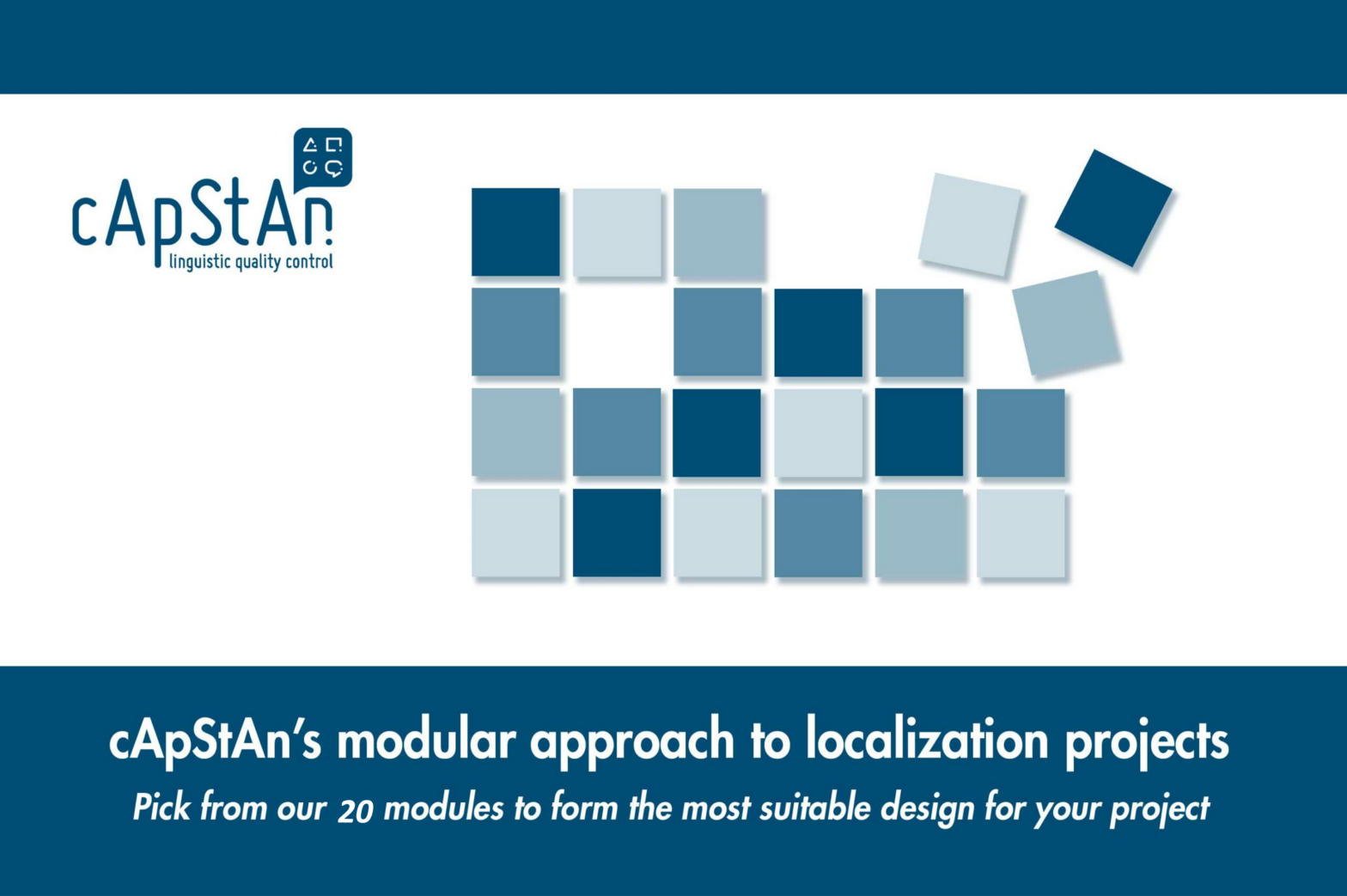
cApStAn’s Modular Approach to a Test or Survey Localisation Project
cApStAn organises its linguistic services in 20 modules grouped into 4 moments of a localisation project. Depending on your requirements, we combine different modules, like building blocks, to form the most suitable design for your project. Fill out the form to receive the document now
Read More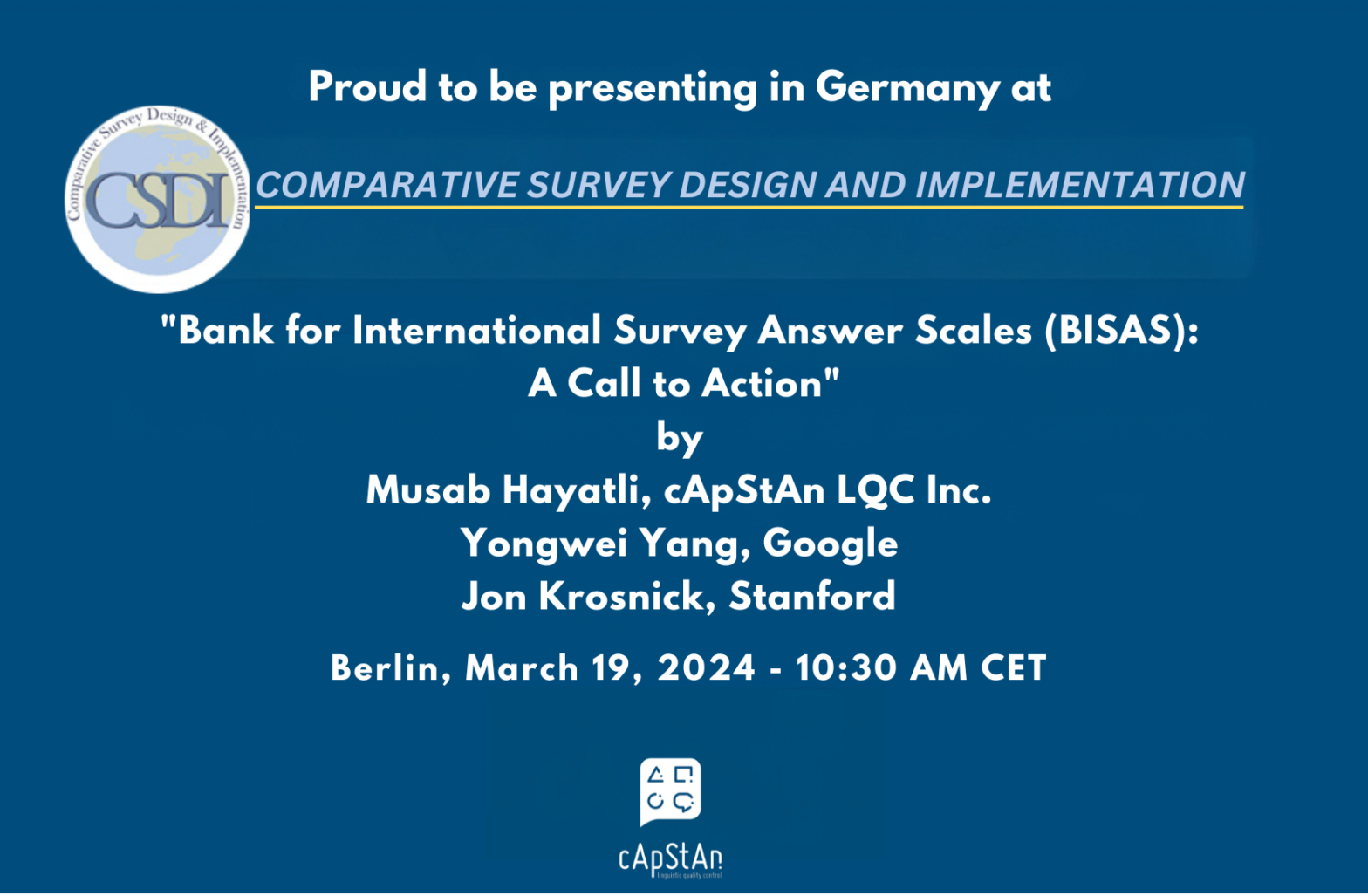
CSDI Workshop in Berlin | Bank for International Survey Answer Scales (BISAS): A Call to Action
The CSDI (Comparative Survey Design and Implementation) Workshop will be held on March 18th – 20th at the SHARE BERLIN Institute GmbH in Berlin, Germany. In a session organised by Dorothee Behr from GESIS and focusing on methods, innovations and new challenges in questionnaire translation, Musab Hayatli, cApStAn Inc. in collaboration with Yongwei Yang from …
“CSDI Workshop in Berlin | Bank for International Survey Answer Scales (BISAS): A Call to Action”
Read More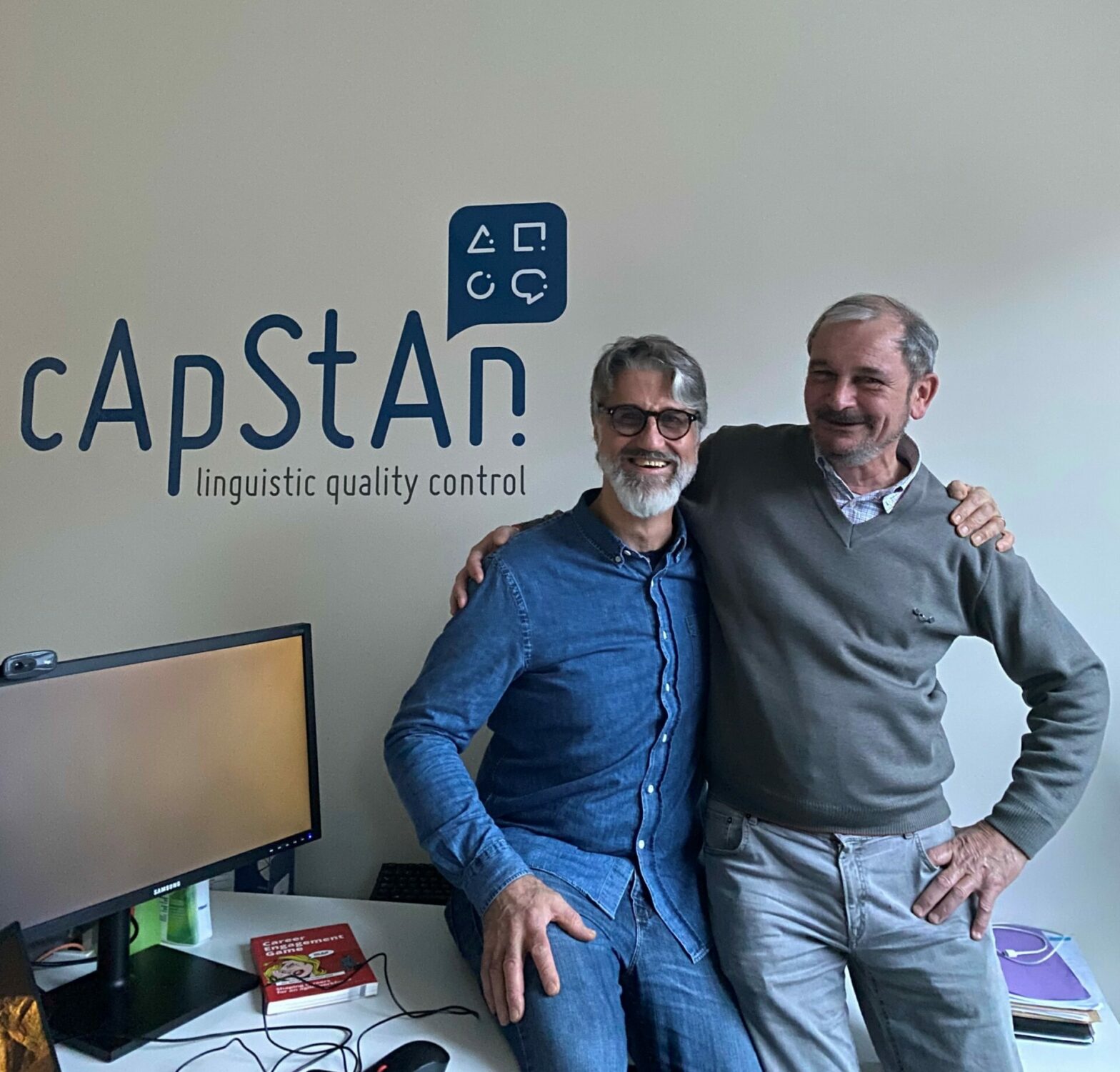
“cApStAn at a scale”, Jan Denys, CEO, and Steve Dept, Founding Partner
No comparative surveys without comparable data Twenty-four years ago, cApStAn started developing, testing, fine-tuning and implementing methods to ensure comparability between different language versions of tests and questionnaires. That was our core activity and it still is. Tests and questionnaires are measurement instruments. They measure knowledge, skills, attitudes, trends, or opinions. They link data points …
““cApStAn at a scale”, Jan Denys, CEO, and Steve Dept, Founding Partner”
Read More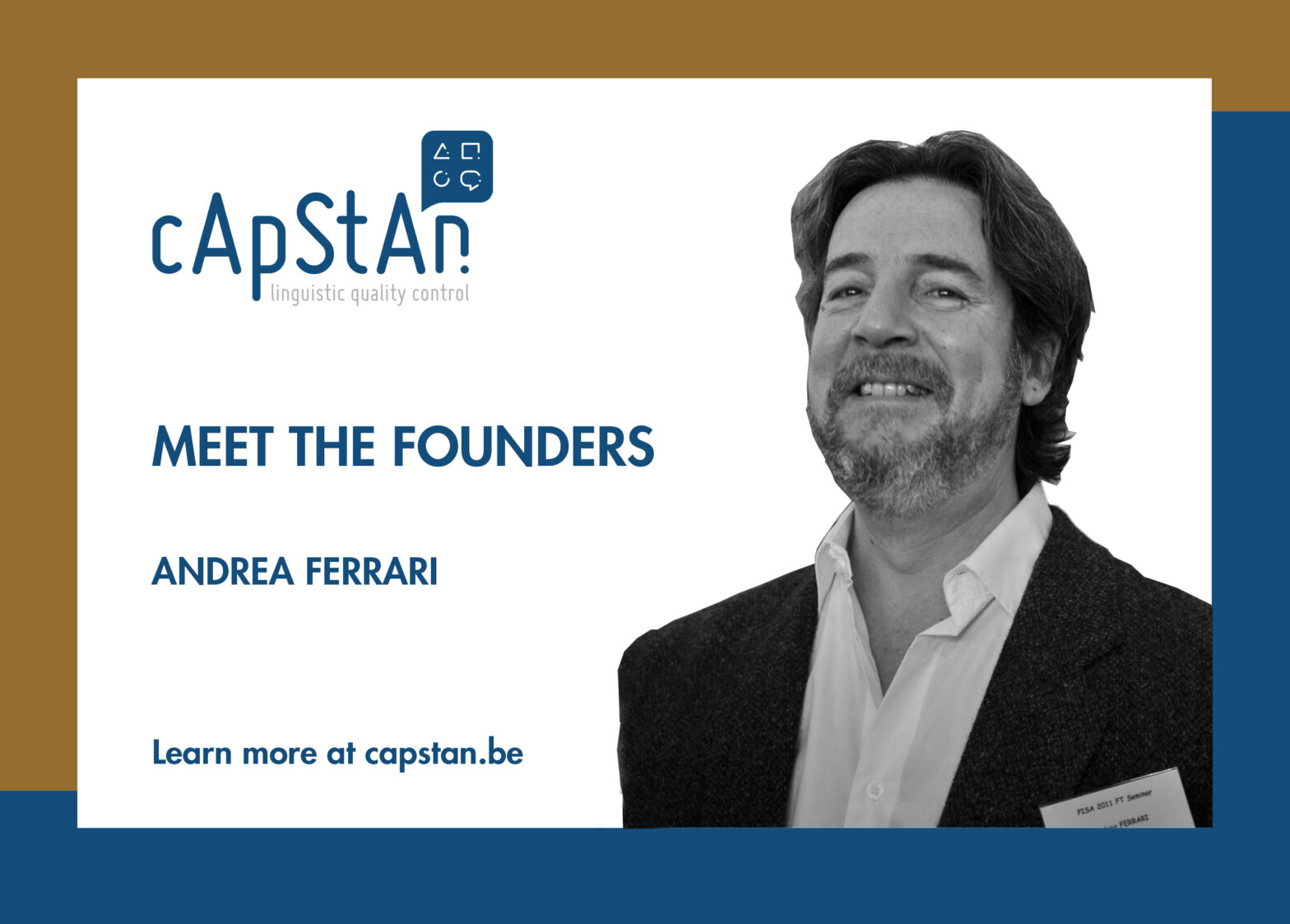
“Navigating the Seas of Linguistic Quality: A Chronicle of cApStAn’s 22-Year Odyssey”
I am Andrea Ferrari, an Italian national, born in Peru. I was exposed to a multicultural environment from early on, living and studying in Canada, Italy, Australia, Greece, and Belgium. I earned a degree in Business Engineering from the Solvay Business School, Brussels, did a stint with a major multinational (Procter & Gamble) but switched …
““Navigating the Seas of Linguistic Quality: A Chronicle of cApStAn’s 22-Year Odyssey” “
Read More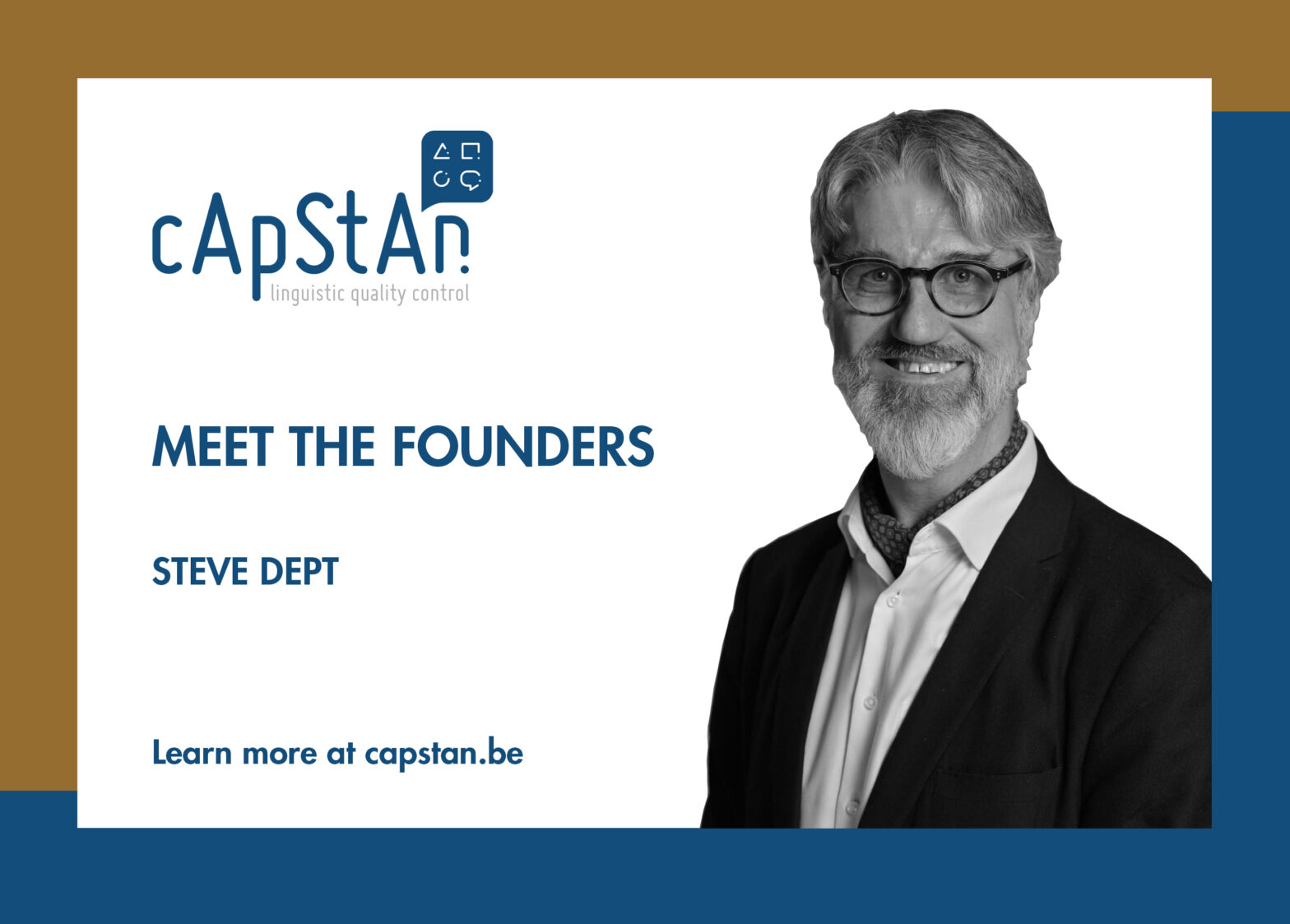
“What it takes to build a boutique language solutions provider: a cApStAn founder nails it”
Founders of boutique language solution providers are often overrated and cApStAn is a case in point in this regard. I am Steve Dept, a linguist by training—though not a translator—and a polyglot, initially because my parents travelled a lot: before the end of secondary school, I had attended 14 schools in 4 different languages. While attending German …
““What it takes to build a boutique language solutions provider: a cApStAn founder nails it””
Read More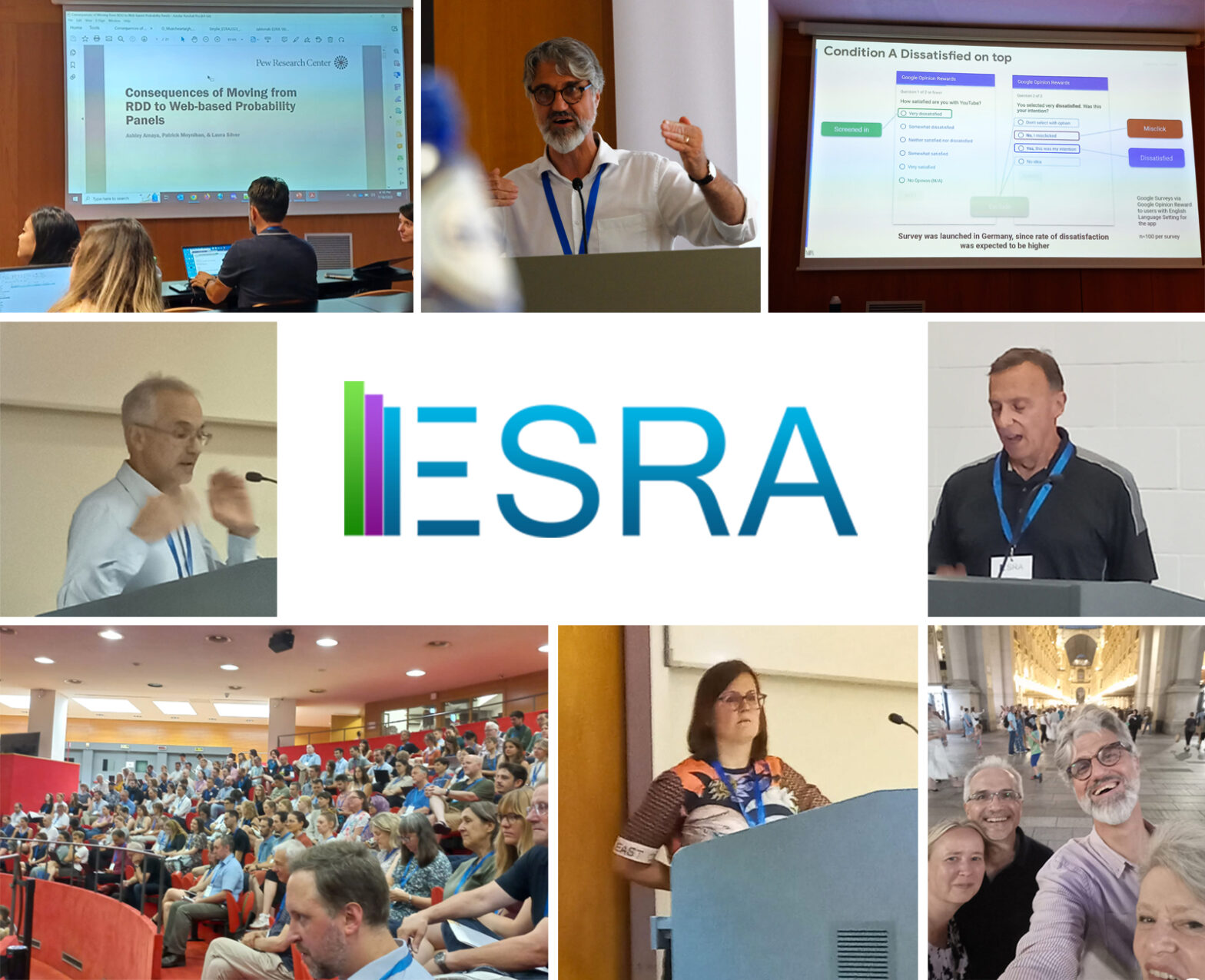
cApStAn LQC Founding Partner Steve Dept and cApStAn Inc Managing Director Musab Hayatli at ESRA Conference in July
cApStAn Founding Partner Steve Dept, from the company’s headquarters in Belgium, and Musab Hayatli, Managing Director of cApStAn Inc, USA are just back from the Biennial ESRA Conference in Milan (July 17-21, 2023) where they were both presenters. As Steve comments: “An impressive conference venue on the Bicocca university campus, insightful sessions, great connections made. …
Read More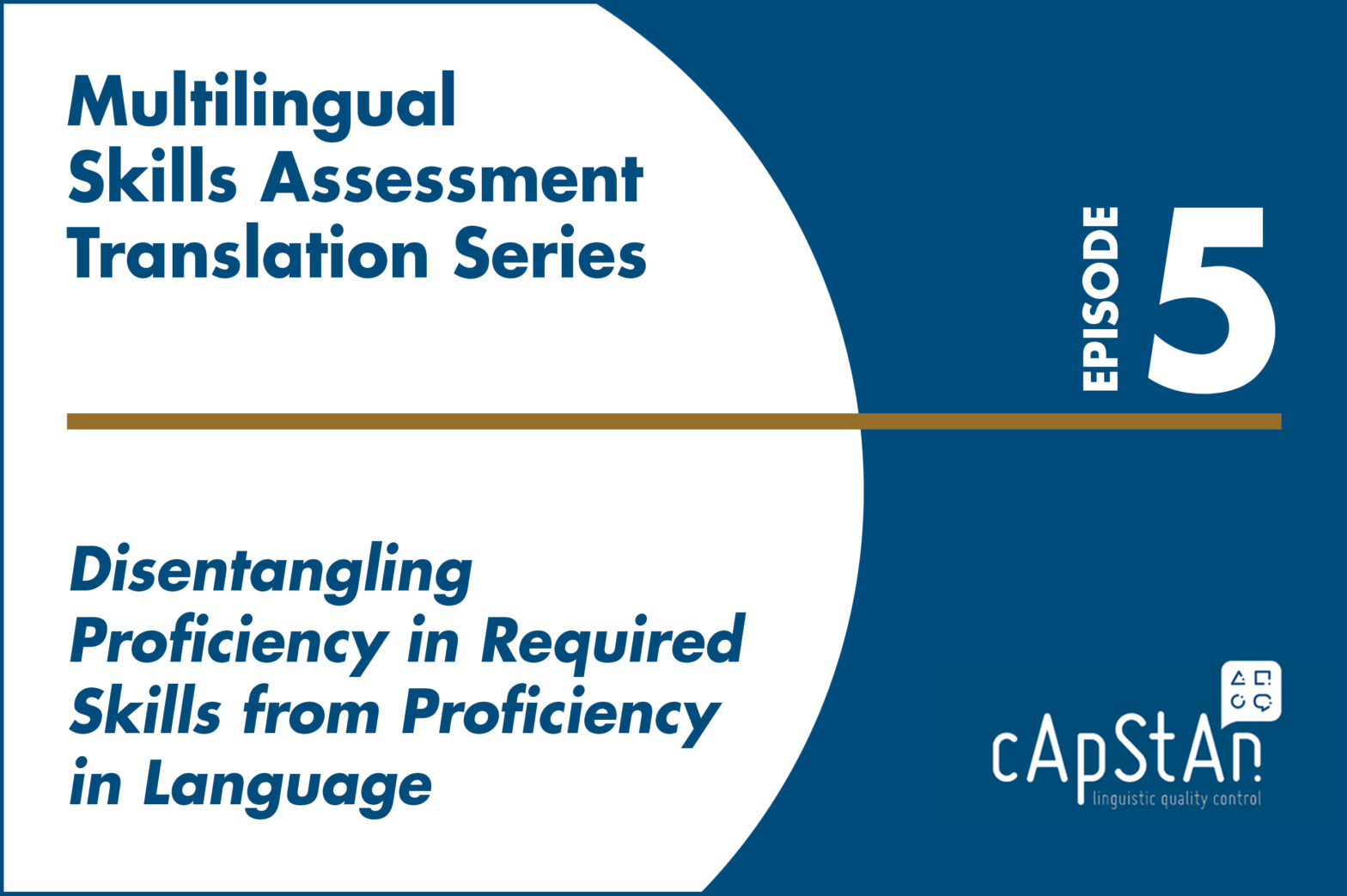
Multilingual Skills Assessment Translation Series, Episode 5: Disentangling Proficiency in required Skills from Proficiency in Language
This is the 5th and final issue in our “Multilingual Skills Assessment Translation series”. The primary objective of this series is to provide a comprehensive illustration of the complexities inherent in test translation. By doing so, we aim to underscore the immense value derived from establishing a robust linguistic quality assurance design. This episode takes a closer look …
Read More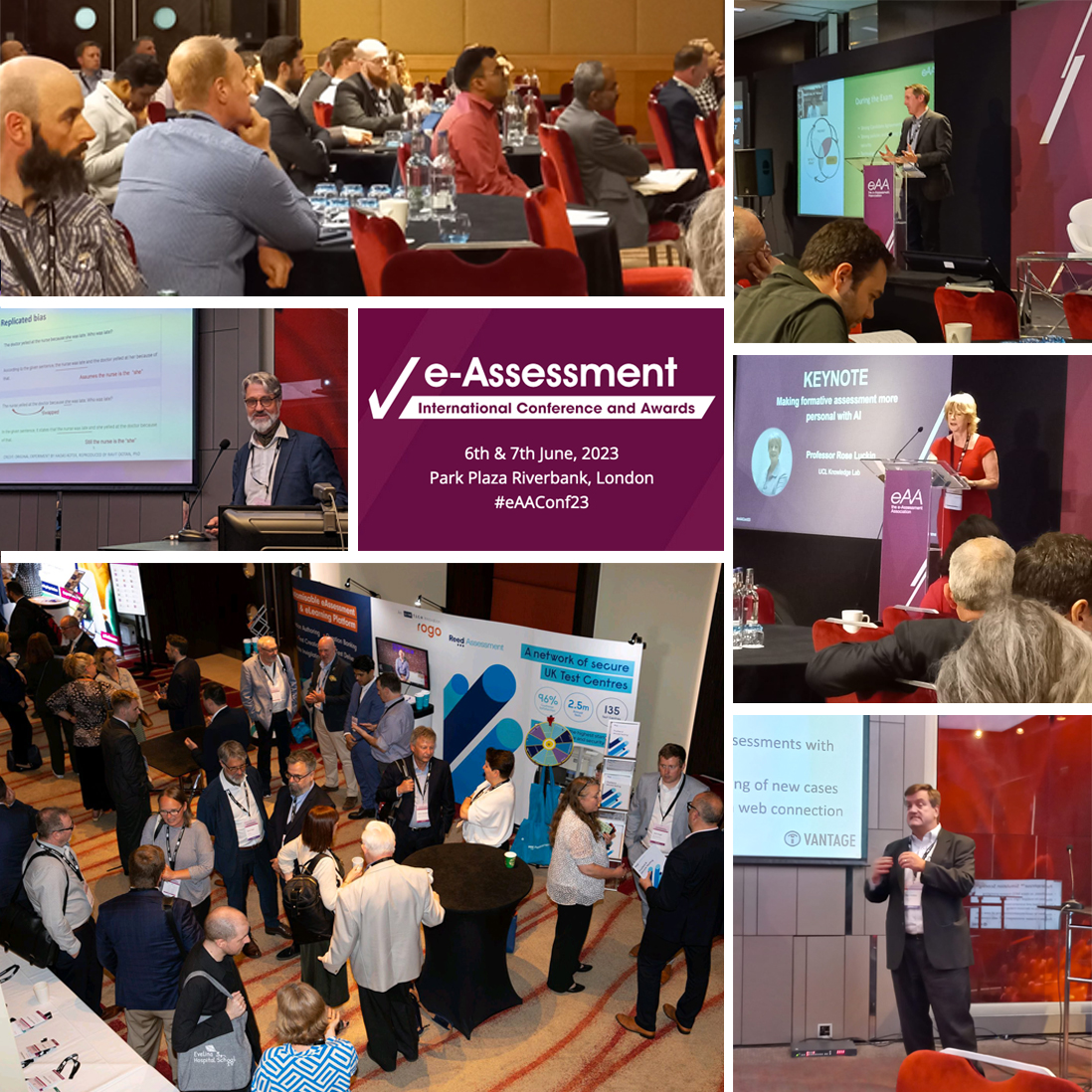
Reflections from the e-Assessment Association (eAA) Conference: Insights, Connections, and New Perspectives
The 2023 edition of the e-Assessment Association Conference, which took place in London, June 6-7, offered valuable insights, connections, and fresh perspectives to industry professionals, encouraging collaboration and knowledge exchange. It covered a broad range of topics, including language bias in AI and inclusive assessment practices, exam security enhancements, innovative test design, guidelines for validity …
Read More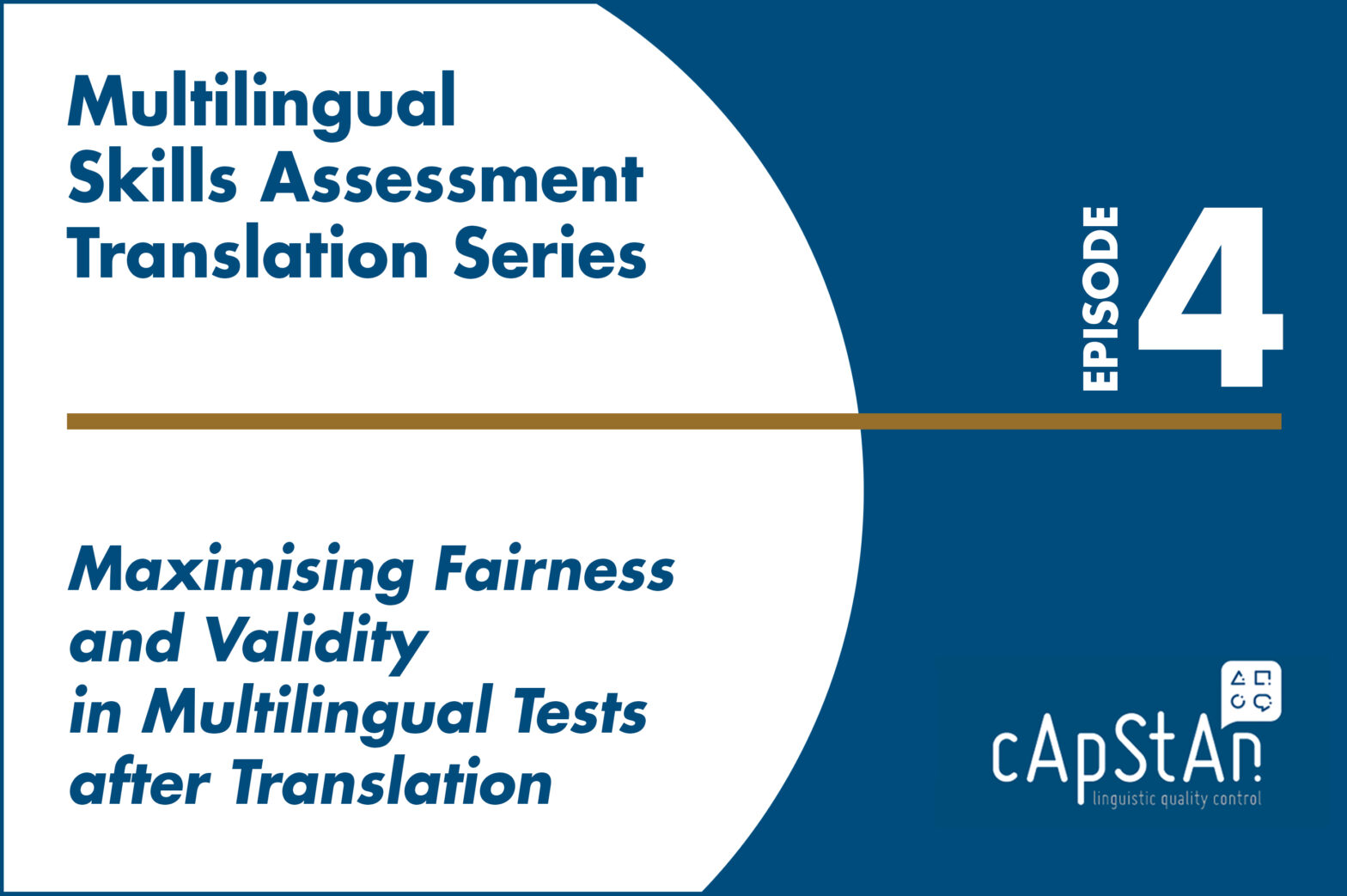
Multilingual Skills Assessment Translation series, part 4: Maximising fairness, reliability, and validity in multilingual tests after translation
This is the 4th issue in our “Multilingual Skills Assessment Translation series”. The primary objective of this series is to provide a comprehensive illustration of the complexities inherent in test translation. By doing so, we aim to underscore the immense value derived from establishing a robust linguistic quality assurance design. This episode takes a closer …
Read More
Introducing the Translation and Adaptation Chapter of the ITC/ATP Guidelines for Technology-Based Assessment
This article by Steve Dept, Founding Partner of cApStAn, was originally published on the ATP Global website and is part of a series supporting the ITC/ATP Guidelines for Technology-based Assessment. The article can be downloaded at this link The myth that a well-crafted test with robust psychometric properties is, in theory, always portable across languages …
Read More